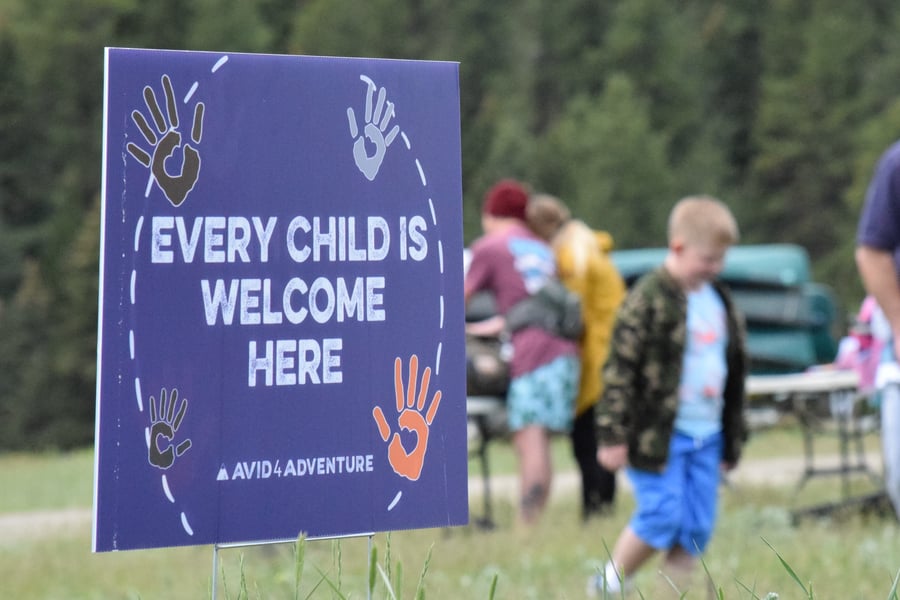Long, cold winters can be tough for many people in an average year. With the added sense of isolation and social restrictions, the darker months can feel even more difficult. It’s not uncommon to experience symptoms of depression on a seasonal cycle. When they have limited sunlight, our bodies can simultaneously struggle to produce enough serotonin (the chemical in our brain that regulates our mood), and over-produce melatonin (the chemical that causes drowsiness). These two factors can sometimes result in what is known as Seasonal Affective Disorder (SAD). Fortunately, there are several effective ways to treat this form of depression. First, let’s make sure we know what symptoms look for.
How to Recognise SAD:
Due to altered levels of serotonin and melatonin, SAD often manifests as a distinct loss of interest in activities, feeling consistently and unusually down, hopeless or agitated, a heightened sense of fatigue or trouble sleeping, difficulty concentrating, antisocial tendencies, overeating and/or intense cravings for high carbohydrate foods. In kids, these symptoms may be challenging to spot at first and they may show up differently. You may notice your child's grades slip, they may want to sleep more often than usual, and their mood may seem off. Of course, not everyone experiences all of these symptoms together, but if you notice your child struggling with a few of these issues, it may be time to speak with a doctor about some treatment options.
What to Do Next:
There are four common methods of treatment for SAD:
- Light therapy to make up for excessive time indoors and help stimulate serotonin production.
- Talk Therapy to promote an understanding of what’s happening in the body when someone is experiencing SAD.
- Medications like Vitamin D which your body has trouble producing on its own in periods of such decreased sunlight.
Other Ideas:
Go Outside
Even on cloudy, chilly days our bodies and minds can still reap the numerous mental and physical benefits of time outside. In order to ensure your kids are getting a healthy dose of this magical medicine, try setting an alarm (no snooze button allowed!) that signals 15 minutes of outdoor time, every day. Go for a walk, visit a sit spot to read, draw, or journal on a sunnier (don’t forget to apply sunscreen first!), warmer day, build something or write a message in the snow, make a stick fort in the forest, pick a winter bouquet of evergreens and/or dried seed pods, berries, or thistle and deliver it to a neighbor or bring the outdoors home with you.
Cook Together
In order to mitigate the over, irregular, or unhealthy eating that can accompany SAD, encourage cooking together so that you can make sure your children are getting a healthy variety of foods that will help curb cravings for the high carb and/or sugary foods that we often gravitate towards in the wintertime. Depending on the age of your kiddo, giving them some responsibility in the kitchen can also promote ownership and excitement around the concept of food.
Additional Ways to Support Your Child
A few additional ways to support your child when they are struggling with symptoms of SAD include:
- Offer homework assistance if you notice your child is having difficulty concentrating or completing tasks. This, on top of already feeling excessively and inexplicably down can lead to a loss of self-confidence. It can also be helpful to check in with teachers about other ways to lend a scholarly hand.
- Seek support from close friends or family who have children that may be experiencing similar symptoms
- Create and endorse a sleeping routine; consider limiting screen time after a certain hour of the evening
- It's best to discuss concerns with your child in a way that is supportive and not judgemental. Be patient and understand that defeating SAD takes time; try not to get frustrated if you don’t see immediate relief or subsiding symptoms.
- Encourage overall mental health and wellbeing.
Interestingly, this form of seasonal depression is much more prevalent than many people realize, and it often coincides with ADHD, or anxiety. If you notice your child is struggling with any combination of symptoms, know that they are not alone and there are several ways to regain a vital sense of well-being even in the troublesome winter months.
For other ways to help kids improve overall mental health, click the link below:
Resources:
“Seasonal Affective Disorder.” National Institute of Mental Health, U.S. Department of Health and Human Services,
www.nimh.nih.gov/health/publications/seasonal-affective-disorder/index.shtml.
“Seasonal Affective Disorder (for Parents) - Nemours KidsHealth.” Edited by KidsHealth Behavioral Health Experts, KidsHealth,
The Nemours Foundation, https://kidshealth.org/en/parents/sad.html.





 Login
Login
 Store
Store
 Help Center
Help Center







